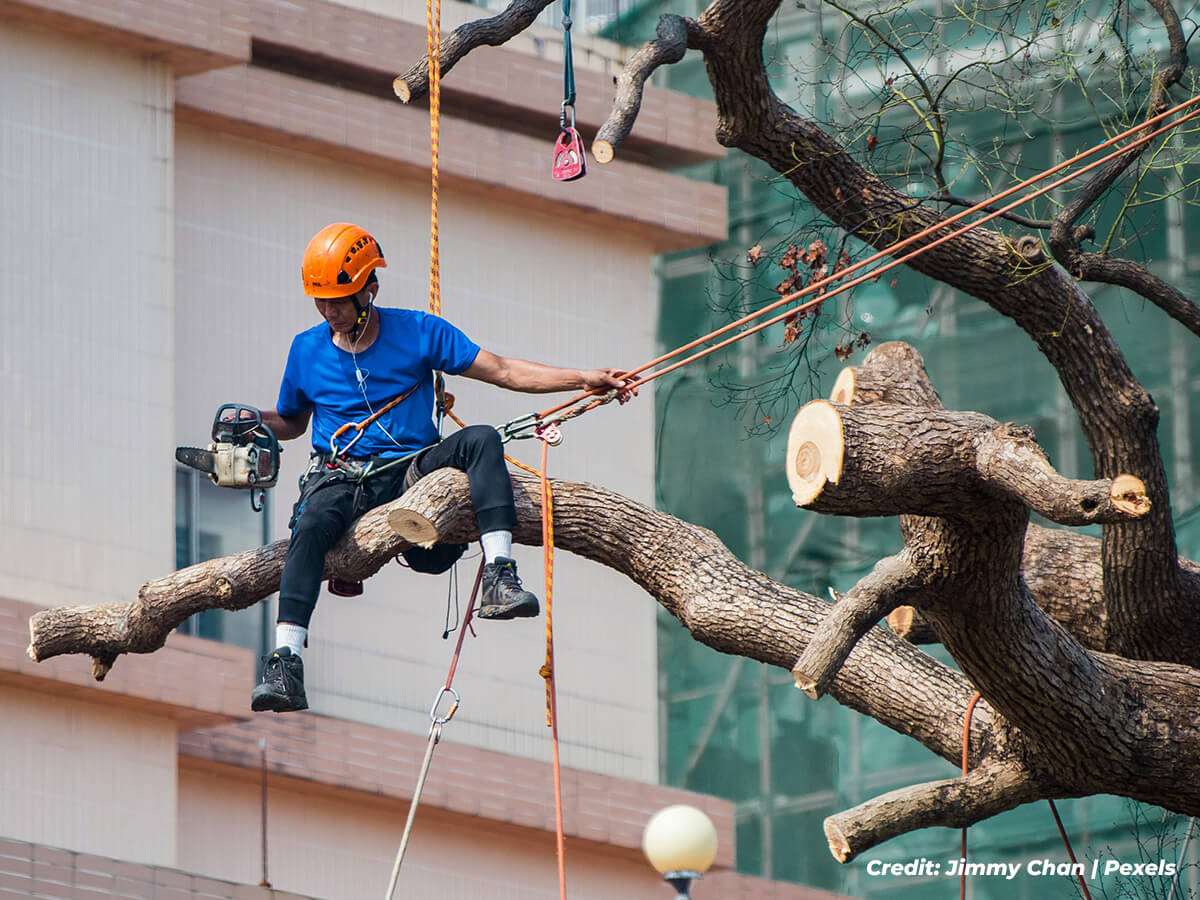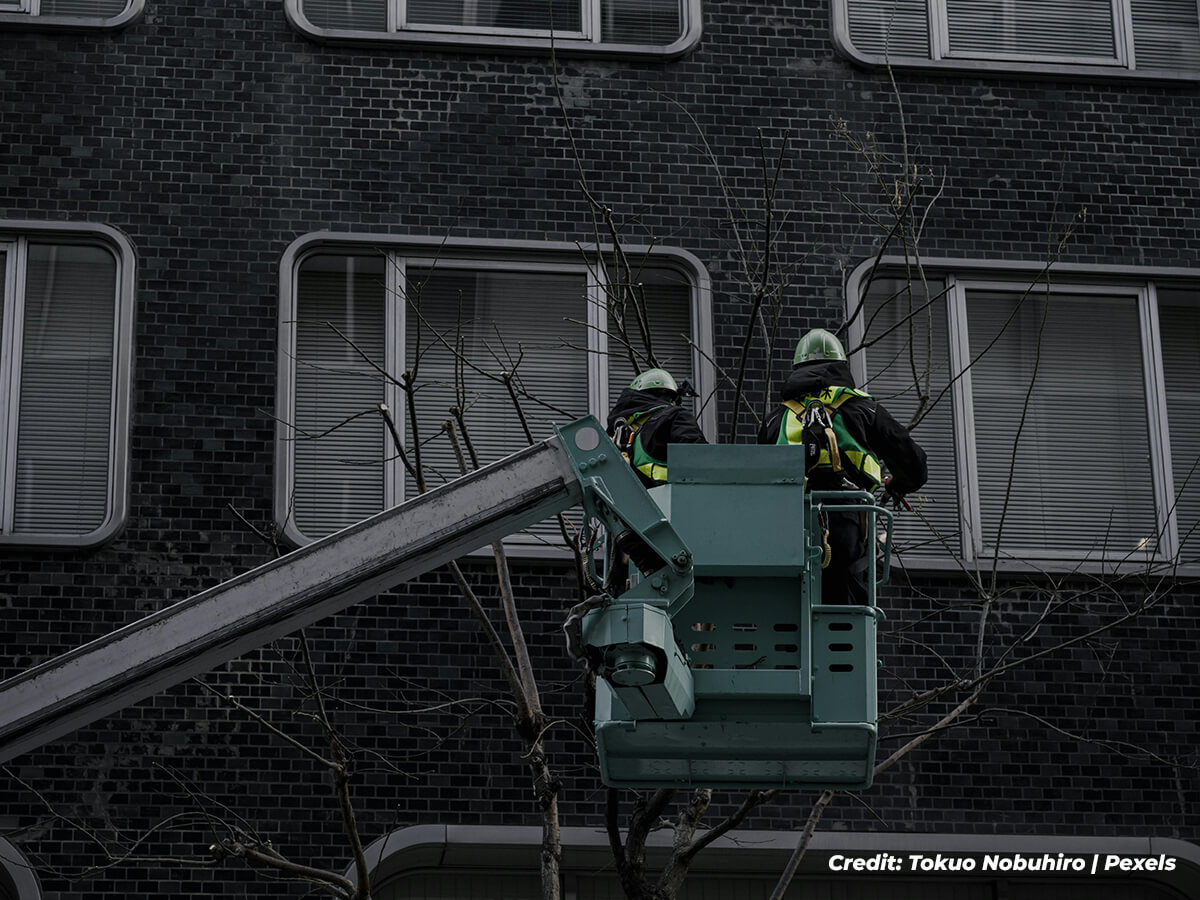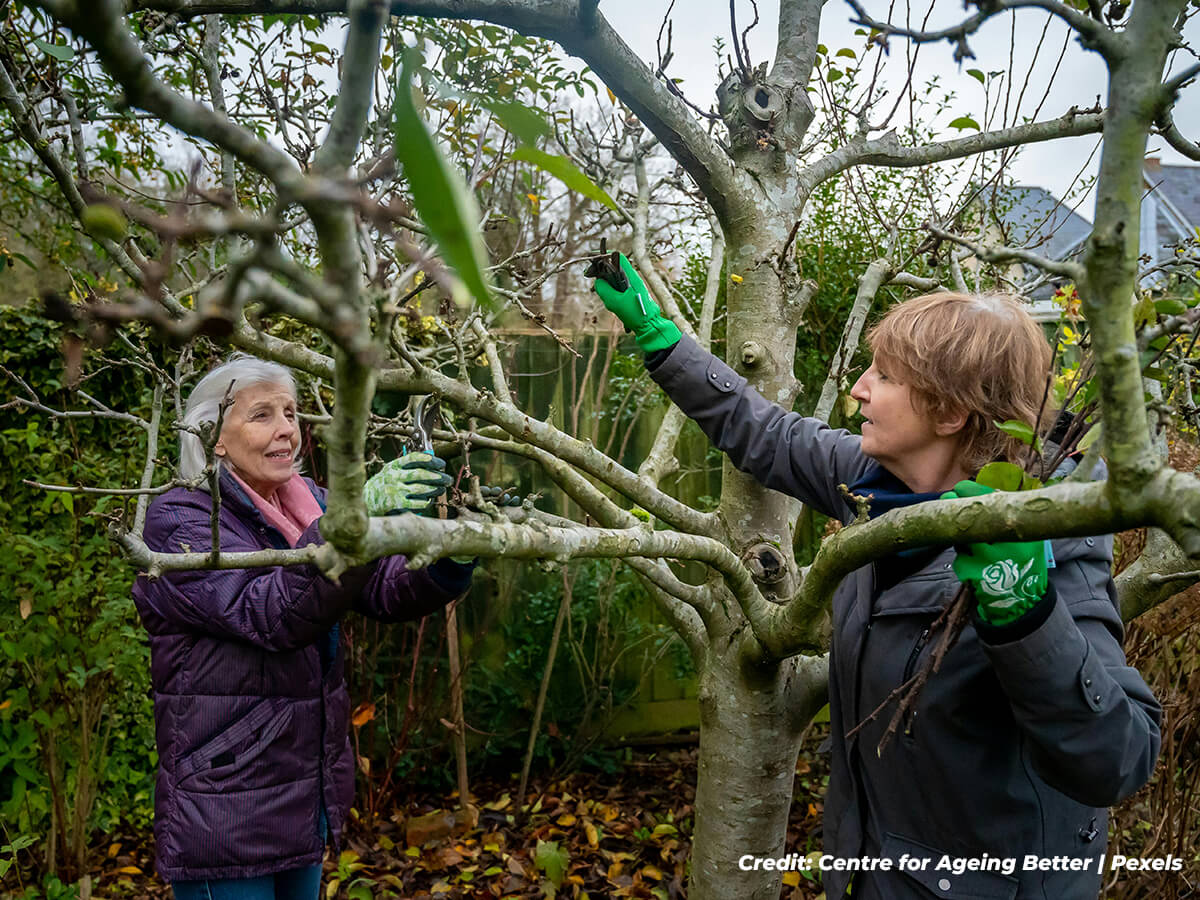Pruning is often seen as a chore you have to do from time to make sure your trees stay neat and presentable. However, while it’s associated with improving the appearance of trees to many laymen, the benefits of pruning actually extend far beyond aesthetics. Proper pruning plays a critical role in maintaining tree health, ensuring longevity, and promoting structural integrity. Pruning removes dead or diseased branches, enhances airflow, and reduces the risk of damage, and in so doing, supports the overall well-being of trees and their surrounding environment. Making the most of your trees requires some understanding of pruning and what it has to offer. With a little education in pruning and its significance to your trees in particular and your landscape in general, you’ve taken some steps toward keeping your trees healthy and extend their lifespans for years to come.
Encouraging Healthy Growth
Trees naturally grow in various directions (which can lead to overcrowded or weak branch structures if not dealt with appropriately). Pruning is key to directing the growth of your trees by removing unnecessary or competing branches (and so allowing the tree to allocate resources more efficiently). When done correctly, pruning encourages stronger limbs and a balanced canopy (which reduces the risk of breakage due to wind, snow, or heavy foliage).
By cutting back certain branches, trees also receive improved exposure to sunlight. Sunlight penetration is essential for photosynthesis (which is how a tree produces food, fuels its growth, and sustains its energy production). Pruning helps contribute to better light distribution, allowing inner branches to thrive alongside external foliage (ensuring uniform growth and optimal health as well).
Disease Prevention and Management
Pruning is also a key preventative measure in controlling the spread of tree diseases. Dead, damaged, or diseased branches create openings for infections to spread throughout the tree and potentially to nearby vegetation. Removing these compromised branches removes pathogens and prevents them from advancing (safeguarding the tree’s health and that of its surroundings in one fell swoop).
Air circulation is another important factor in disease prevention. A dense canopy can trap moisture (creating an environment more conducive to fungal growth and bacterial infections). Pruning enhances airflow within the tree (which reduces humidity and the risk of disease development). By keeping trees well-ventilated, you can significantly lower the likelihood of infection and promote long-term health.

Reducing Risk of Damage and Hazards
Overgrown branches pose potential hazards (especially in urban and residential areas, and after storms or in heavy winds). Falling trees in general are a common hazard for many Canadians, and for safety’s sake it’s best to tackle any weaknesses before they have a chance to fall. Weak or heavy limbs can break during storms (thereby posing a danger to people, property, and other plants). Pruning removes those structurally unsound branches and mitigates those risks before they can become a threat.
Trees near buildings, power lines, or pathways in particular require regular pruning to prevent obstruction and damage. Pruning keeps the branches at a safe distance, and so reduces the risk of interference with infrastructure (and all while maintaining the tree’s natural form). Taking the time to keep your trees well-pruned is a simple way to contribute to a safer and more harmonious landscape. Be sure to take proper care when pruning (or when having the tree pruned by an arborist); improper pruning can compromise the tree’s balance instead, making it more hazardous, as was the case for one Okanagan homeowner a year ago.
Enhancing Root Development and Stability
Pruning isn’t only concerned with the top of a tree, but the bottom as well. A tree’s root system is essential for nutrient absorption and structural support. By pruning unnecessary and harmful branches, pruning indirectly benefits root development by reducing the tree’s demand for resources. In removing those excessive branches, the tree is then able to focus its energy on strengthening its root system (leading to improved stability and resilience against environmental stressors).
For young trees, formative pruning also shapes their growth pattern, ensuring a strong and stable foundation. Properly pruned trees develop a more secure attachment to the ground (which makes them better equipped to withstand harsh weather conditions, soil shifts, and other external pressures)
Promoting Fruit and Flower Production
Pay special attention to any fruit-bearing and flowering trees in your landscape; proper pruning for these trees pays a major role in keeping them productive. Removing non-essential branches allows the tree to direct more energy to other areas; in this case, to producing flowers and fruit rather than sustaining excess foliage. Thinning out the canopy also allows sunlight to reach lower branches (which fosters better fruit ripening and overall yield).
Regular pruning also prevents overcrowding of branches, reducing competition for nutrients. This results in healthier blossoms and fruit production (and so benefits both the tree and those who enjoy its harvest). Proper pruning techniques are a must for a tree’s long-term vitality and consistent seasonal growth.

Timing and Techniques for Effective Pruning
Knowing the right times of year to prune ensures maximum benefits for tree health. While the optimal timing varies depending on species, late winter to early spring is generally a convenient period for pruning most trees. During this dormant phase. Trees experience minimal stress from trimming, and wounds heal efficiently before the growing season begins.
Using the right techniques is equally important. Clean, sharp tools should be used to make precise cuts; this method. Helps prevent unnecessary damage to the tree. Branches should also be cut at an angle, close to but not directly on the trunk or main limb. This approach promotes quicker healing and reduces the risk of infection.
Avoid excessive pruning as well; over-trimming can weaken a tree and hinder its ability to recover. A balanced approach ensures that the tree maintains its natural form on top of the other benefits of strategic branch removal.
Long-Term Benefits of Pruning
Consistent pruning fosters a healthier, more resilient tree that can withstand environmental challenges and thrive for decades. By incorporating pruning into your regular tree care routines, property owners contribute to the longevity of trees and enhance the overall beauty and functionality of landscapes.
Pruning doesn’t just mean an aesthetically-pleasing tree that beautifies your landscape, but also ensures it functions optimally within its ecosystem. Healthier trees provide shade, oxygen, and habitat for wildlife (making them invaluable assets to urban and natural environments alike).
Pruning is a fundamental aspect of tree care that goes far beyond aesthetics; it’s just as vital a task for ensuring your tree remains remains healthy and stable. For years to come. Understanding the importance of proper pruning practices ensures that trees continue to flourish, which is only. A benefit for both you and the tree’s surroundings. With regular investment in your trees, you can ensure they remain healthy, beautiful, and resilient for years to come.
When you need a hand with pruning your trees (or just giving them some TLC in general), look no further than Dave Lund Tree Service. We are a family-owned tree-care service offering quality care for your trees. When you need your trees pruned, cabled, or removed, we’re more than happy to take care of the work for you. Give us a call at (905) 775-1020 and give your trees the care they deserve.

